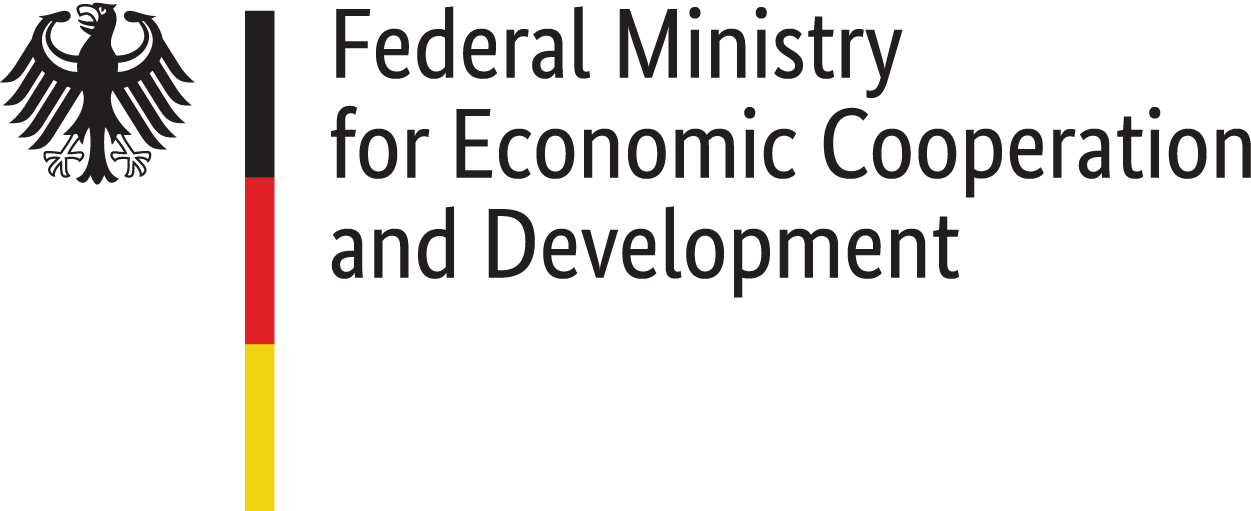Online Media Market
The sector of online media outlets in Ukraine started to develop in the late 1990s - early 2000s. Then, during Leonid Kuchma’s presidency, freedom of press was being considerably suppressed. For this reason, online media outlets emerged as an alternative to the mostly biased traditional media outlets – and they gained popularity, becoming the main source of information and inspiration for many people. In comparison with the neighboring countries of the European Union, Ukrainian online media outlets were developing and scaling up faster. The most well-known project of those times, which remains the flagship of Ukrainian online journalism even today, is «Ukrainska Pravda», founded by Heorhiy Gongadze and Olena Prytula.
In Ukraine, there is no mechanism for registration of online media outlets, except for those registered as news agencies. An advantage of being formally registered is unimpeded accreditation for journalists at various events for press organized by the authorities. Still the number of such registered online media outlets remains low, because the majority of the owners refrain from the formalities and the responsibility.
With time, when online media outlets started to pop up like mushrooms, the level of responsibility for what they were publishing decreased in proportion. So, online media outlets often turn into so-called «drain tanks» (that is, websites that publish everything from everyone, even better for them, if they are paid to do so), publishing untrue, fake news and spawning pools of covertly commissioned materials (so-called «dzhynsa»). Although, there is a certain number of information websites that can be trusted, IMI has conducted thorough research on dhzynsa over the years and has concrete data on the price list for publication of dzhynsa practically at all major portals.
As regards demographics, the share of Internet online users among people of 18-39 years of age in Ukraine reached 91% (According to sociological research of Kyiv International Institute of Sociology conducted in February-March of 2016).
On the other hand, it would be premature to overrate the replacement of traditional media with online media outlets as trend in Ukraine. Television remains the main medium of mass communications, especially among the elder and middle-aged population that use online media outlets less frequently if at all. The trust towards them keeps deteriorating because of the reasons mentioned above, and the sheer number of these media outlets is so vast that even major players of the online mass media market are «lost» in it. Also the most visited websites in Ukraine are not information resources, but search engines, social networks of the post-Soviet space, e-mail services and their auxiliary portals, as well as websites about the weather and online shopping. According to Factum Group’s research in August of 2016, the most popular makeshift "informational website" ukr.net holds the 9th position. At that, in addition to e-mail service, this website is a typical news aggregator.
The language of Ukrainian online websites is mostly Russian. The informational segment has more materials in Ukrainian compared to the rest of the local websites, yet they can also be divided into those with the main version in Ukrainian, and those that have the Ukrainian version as the additional one. News in Ukrainian usually appear later than the same pieces in Russian language.
Very few Ukrainian online media outlets have English versions of their websites. Because of this, users from abroad often have to visit Russian websites with English versions to learn what is happening in Ukraine and are left with a mostly distorted coverage. If one assumes that this happens on purpose, Ukraine now stays in an informational ghetto created by its own oligarchs.
The language of regional online media outlets depends on the region and reflects the concurrent divide. In the Center and in the West of the country, the majority of websites is in Ukrainian, in the East and South of Ukraine – most are in Russian or in both languages.












